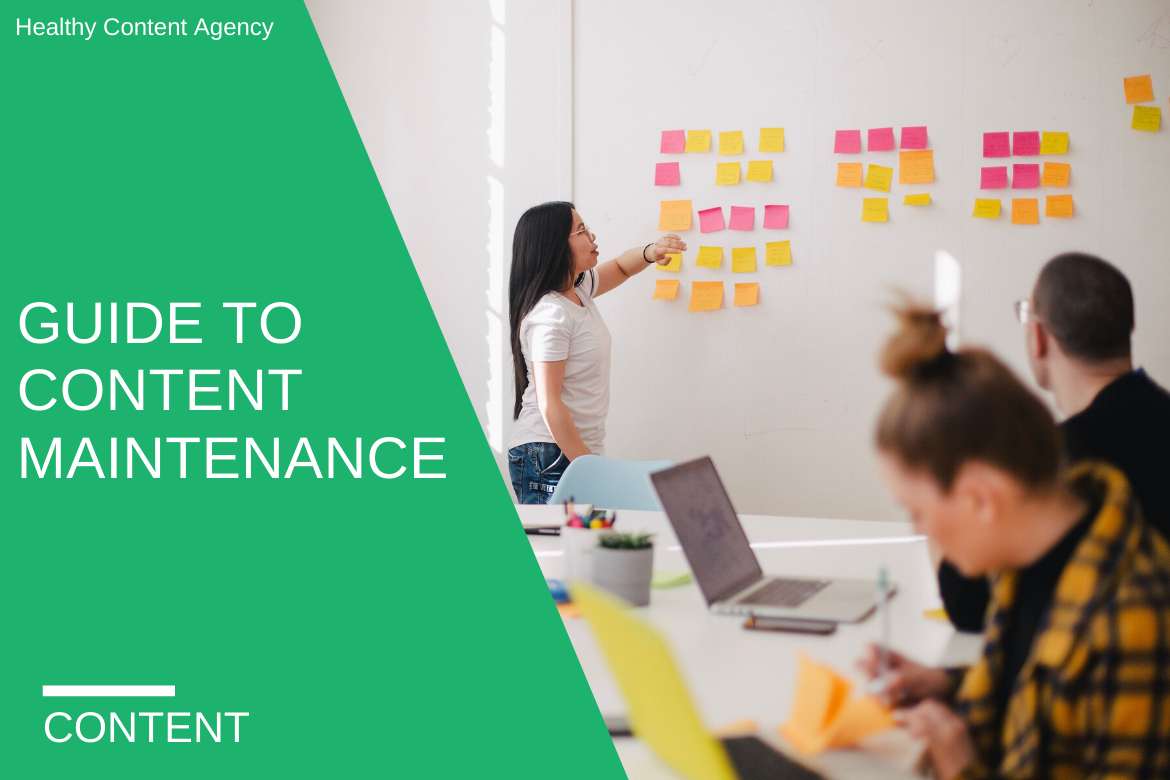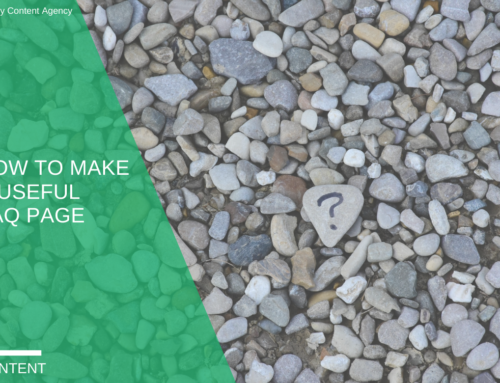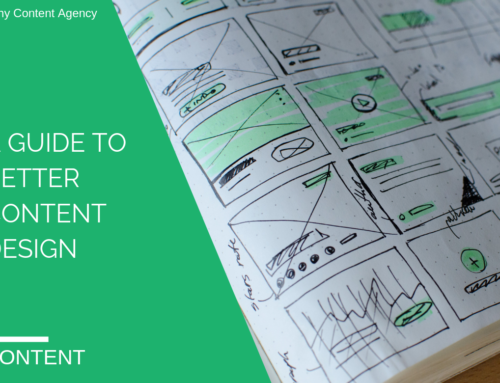Content Maintenance: Keeping Your Past Blog Posts Relevant and Fresh
Content maintenance is the practice of revisiting old posts and updating them with fresh, accurate and relevant information.
You might think that once you’ve hit publish on a post, you never have to look at it again.
Most posts end up like that.
But it’s important to go back and revisit old articles and blog posts every so often to make sure they contain the most up-to-date and valuable information.
Maybe a new study came out or maybe new products or trends have developed since you published. Maybe you made a recommendation that you’d no longer make or you’d want to elaborate on. Whatever the case, keeping your content fresh is never a bad idea.
Regularly updating pages is especially important if the post is ranking for highly competitive keywords and traffic.
Content maintenance has not only reader-experience value but SEO value too. The more frequently you update a post, the more it looks like an authority page.
If you’ve produced evergreen content or core pillar pages, then it’s all the more important to maintain these pages. They still offer valuable information and they’ll still continue to perform.
Now that you understand the value of updating your posts, let’s look at how we can actually implement content maintenance.
How to Do Content Maintenance
- Get an overview. Read the entire post over again from a fresh perspective.
- Clean it up. Flag any lines or paragraphs that stand out to you as inaccurate or needing tweaking — could they be explained better? Also, remove outdated info that no longer stands.
- Do a Google search on your topic. What information is on competing pages that you’re missing? Are there any new ideas or research on the topic that you could include in your post?
- Find new keywords. Research your existing keywords and put together a revised keyword group.
- Review links. Check both internal and external links on the page. Are they still live? Are they still relevant? Are there new external authority pages you can reference? Are there new pages you can interlink to? This is especially important for pillar pages, which act as content hubs that interlink your readers deeper into your site.
- Update the content. Now you’re ready to go in and write new content as needed. Add in the new, key information you think is relevant and would serve as a good update. Write in your keywords.
- Optimize the structure. Is there a way to restructure the existing content so it’s more readable? Perhaps there are one-liners you can pull out and highlight or a bullet list you can break down. Improving the page’s content design is another valuable way to improve the post.
- Redo the headings. Do the headings still make sense? Is there a way to make them more descriptive? Give your headings a refresh based on the new content and keywords.
- Change the publish date. When you update the page in your CMS, be sure that the new publish date is today’s date. This makes your content appear current to the reader and the search engines.
- Schedule the next round. After you’ve republished your page or post, schedule it in for its next round of content maintenance. More on that below.
Add Content Maintenance to Your Existing Process
If you’ve decided you want to add content maintenance to your content production plan, then it’s important to have a schedule and system for it—just like you do for creating and publishing new content.
A simple and effective way to develop a content maintenance practice is to schedule it in whatever existing content scheduling tool you use.
For example, a spreadsheet.
Let’s say you have a spreadsheet that has a column for the topic and a column for the scheduled publish date, as well as other columns for keywords, competing pages and more.
Once you actually publish the post, use another column to schedule a content maintenance date.
Decide on how often soon after you publish your post you’d like to do a content maintenance check-in.
How long you wait to go back and update your post will depend on the type of content.
For highly competitive posts or cornerstone pieces, you’ll want to maintain your post on a more frequent basis. For others, you might want to go back and check in on it once a year.
Regardless of the type of post, every piece of content should have a scheduled content maintenance date. Add it to your content calendar and never miss an appointment.
This process should be seen as an ongoing one. So, when the time comes to revisit your post and update or refresh it, you then schedule another content check-in appointment and so on.
By this point, you may be able to go longer between content maintenance dates. As it becomes more fine-tuned, you’ll have greater confidence in it as it stands.
Again, there’s no hard and fast rule about how often to check-in. Just choose a timeframe that you think will best serve to maintain and enhance the posts’ quality and stick with that.
Get Help With Content Maintenance
If you’re investing in new content on a regular basis and you don’t have a plan for content maintenance, it’s time to consider the value in adding it to your content cycle.
Healthy Content can work with you to develop a content calendar that includes not only new content production but maintaining and improving past posts.
Contact Healthy Content today to learn more about an integrated content plan that includes:
- Topic planning and strategy
- Editorial calendar and scheduling
- Writing, editing and formatting
- Strategic maintenance
Connect with us today and get your project started.









